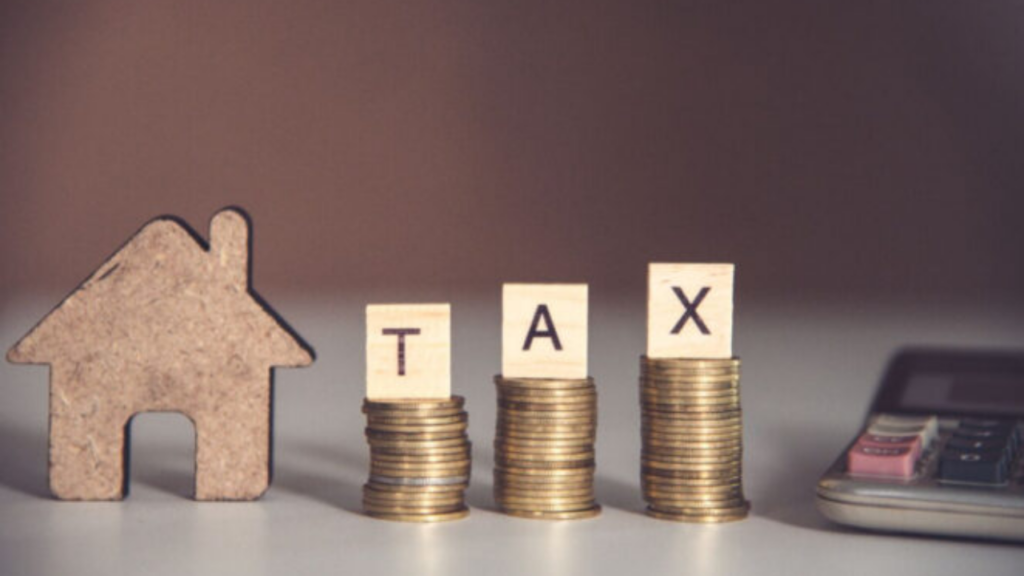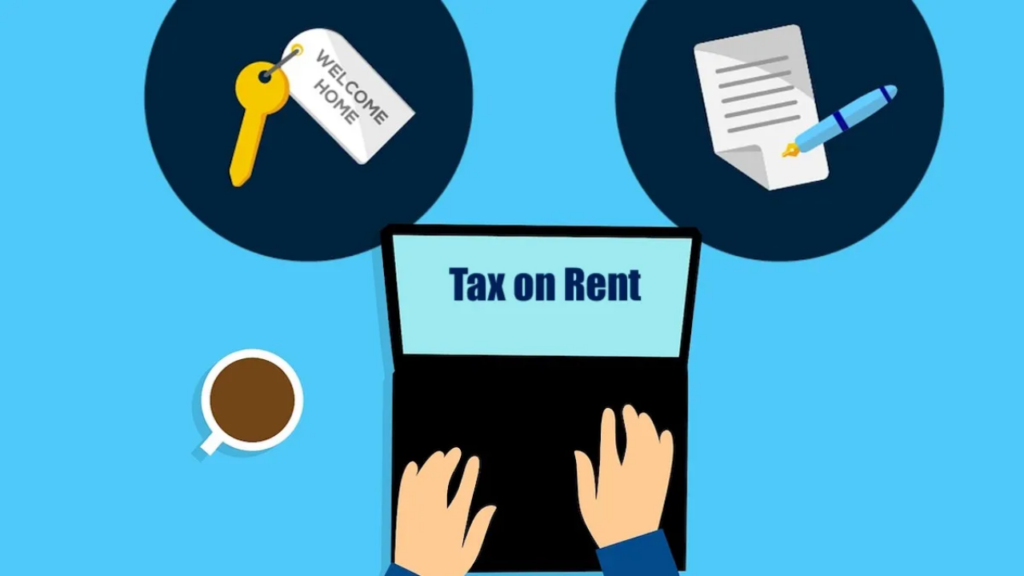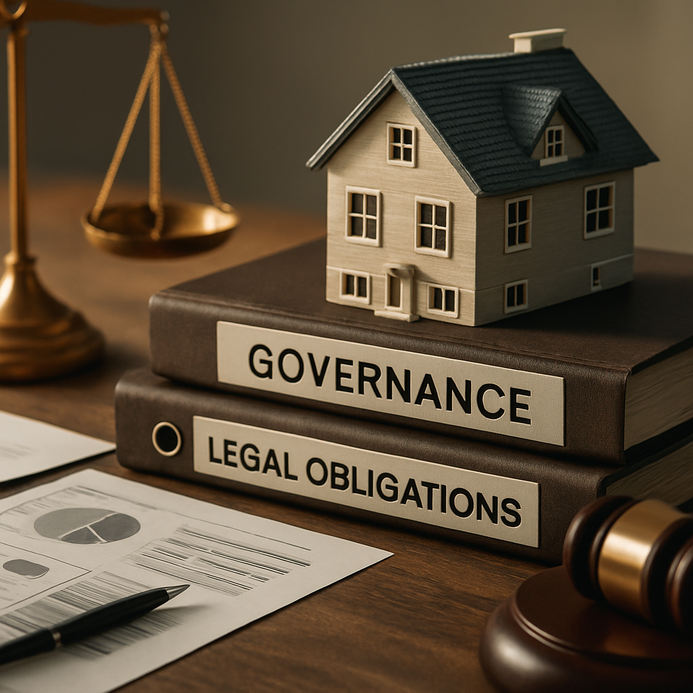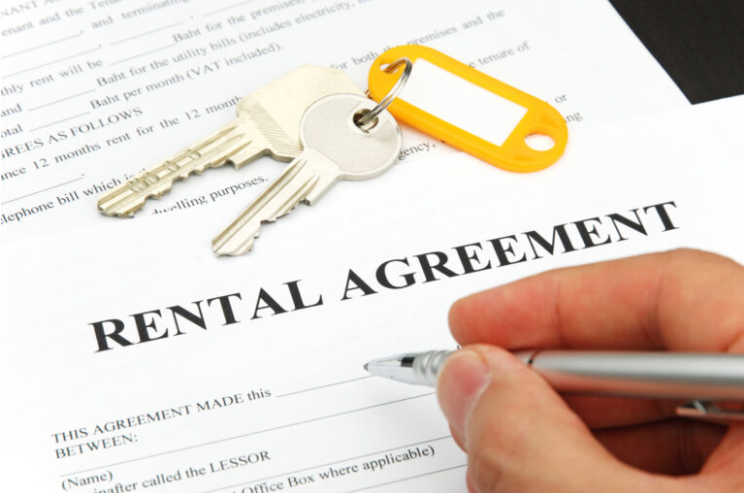Gross Annual Value: Essential for Homeowners
Gross Annual Value(GAV) of House Property, that is the estimated maximum annual rental income a property can generate if rented out on an yearly basis. It’s a hypothetical figure used by tax authorities to determine the taxable income from a house property.
Role of Gross Annual Value
GAV plays a vital role in calculating your tax liability on rental income from your property. Here’s how:
- Tax Base: GAV forms the base for calculating the net taxable income from your house property.
- Deductions: Certain deductions, such as property tax paid and a standard deduction (often 30%), are allowed from the GAV to arrive at the Net Annual Value (NAV). The lower the NAV, the lower your tax liability.
- Tax Planning: Understanding GAV empowers you to strategically plan your property taxes. For instance, comparing GAV with actual rent received can help identify potential tax optimisation opportunities.
Factors Affecting GAV of House Property

- Actual Rent Received or Receivable: This applies if your property is rented out. The higher of the actual rent received and the expected rent is considered for GAV calculation.
- Expected Rent: This is an estimate of the fair market rent a similar property in the same locality could fetch if rented out for a year. Factors like size, amenities, and location influence the expected rent.
- Municipal Valuation: Municipal authorities often assign a rental value to properties for property tax purposes. This value can be a reference point for determining GAV, but it may not always reflect the true market rent.
- Standard Rent (if applicable): Under Rent Control Acts in some regions, a maximum limit on rent chargeable by landlords may be established. If applicable, the standard rent becomes the upper ceiling for GAV calculation.
- Vacancy Period: If your property remains vacant for some time during the year, the potential rental income for that period is factored into GAV calculations.
Calculation
Consider a property with an actual rent received of Rs. 50,000 per month. The expected rent based on market analysis is Rs. 60,000 per month. The municipal valuation reflects a rent of Rs. 45,000 per month. Let’s assume there’s no standard rent control applicable. In this scenario, the GAV would be Rs. 7,20,000 (Rs. 60,000 x 12 months). This is because the expected rent (Rs. 60,000) is higher than the actual rent received (Rs. 50,000) and the municipal valuation (Rs. 45,000).
Note: The specific method for calculating GAV may vary depending on the local tax regulations. Consulting a tax professional for guidance on GAV calculation in your region is advisable.
How to Calculate Gross Annual Value of House Property

Identify the Applicable Scenario
There are three main scenarios to consider when calculating GAV:
Rented Property: If your property is currently rented out, proceed to step 1.
Vacant Property: If your property is vacant, you’ll need to estimate the expected rent (step 2).
Self-Occupied Property: The GAV for a self-occupied property is generally considered zero for tax purposes, as it doesn’t generate any rental income.
Actual Rent Received (Rented Property)

- Gather your rental agreement, which should specify the monthly rent you receive.
- Multiply the monthly rent by 12 to arrive at the annual rent received.
If your monthly rent is Rs. 50,000, the annual rent received would be Rs. 6,00,000 (Rs. 50,000 x 12).
Estimating Expected Rent (Vacant Property)
- Research similar properties in your locality with comparable size, amenities, and location.
- Analyze their rental rates to determine a fair market rent for your vacant property.
- Consider factors like recent market trends and vacancy rates in the area.
After researching similar properties, you estimate a fair market rent of Rs. 60,000 per month for your vacant property.
Considering Municipal Valuation
- Obtain your property tax receipt, which might mention the municipal valuation assigned for rental purposes.
- While this value can be a reference point, it may not always reflect the true market rent.
Determining the Highest Value
- Compare the actual rent received (if applicable), the estimated expected rent (for vacant properties), and the municipal valuation.
- The GAV will be the highest value among these three figures.
Let’s assume the municipal valuation reflects a rent of Rs. 45,000 per month. In this case, the GAV would be Rs. 7,20,000 (Rs. 60,000 x 12) as the expected rent (Rs. 60,000) is the highest value.
Important Considerations
- Vacancy Period: If your property remains vacant for some time during the year, you might need to factor in the potential rental income for that period into the GAV calculation. Specific regulations regarding vacancy period treatment may vary by region.
- Standard Rent (if applicable): In some regions with Rent Control Acts, a maximum limit on rent chargeable by landlords may exist. If applicable, the standard rent becomes the upper ceiling for GAV calculation.
- Local Regulations: The specific method for calculating GAV may vary depending on your location. Consulting a tax professional for guidance on GAV calculation in your region is highly recommended.
Tax Implications of Gross Annual Value (GAV) of House Property

GAV forms the base for calculating the net taxable income from your house property. Here’s a breakdown:
GAV as the Starting Point: The tax calculation begins with the GAV of your property.
Deductions Allowed: Fortunately, you can claim specific deductions from the GAV to reduce your taxable income. These deductions often include the amount of property tax you pay to the local authorities is deductible from the GAV (Property Tax Paid) and a standard deduction, typically a percentage of the GAV (often 30% in India), is allowed without requiring proof of specific expenses.
Net Annual Value (NAV): After subtracting the allowable deductions from the GAV, you arrive at the Net Annual Value (NAV) of your property.
Taxable Income: The NAV forms the basis for calculating the income tax you owe on your rental income. The higher the NAV, the greater your potential tax liability.
Consider a property with a GAV of Rs. 7,20,000 (annual rent of Rs. 60,000 x 12). Let’s assume the property tax paid is Rs. 60,000 and the standard deduction is 30%.
Deductions = Property Tax Paid + Standard Deduction (30% of GAV) = Rs. 60,000 + (Rs. 7,20,000 x 30/100) = Rs. 2,76,000
NAV = GAV – Deductions NAV = Rs. 7,20,000 – Rs. 2,76,000 NAV = Rs. 4,44,000
This example illustrates how claiming deductions from the GAV can significantly reduce your taxable income and potentially lower your tax liability.
Tax Optimisation Strategies

While you cannot directly modify the GAV, there are strategies to potentially minimize your tax burden.
- Maintaining Proper Records: Keep all relevant documents, such as rental agreements, property tax receipts, and repair invoices, to support your deductions.
- Maximising Deductions: Explore all allowable deductions, including interest paid on a home loan (if applicable) for a self-occupied property.
- Comparing Actual Rent vs. GAV: If the actual rent you receive is lower than the GAV, consider negotiating a higher rent with your tenants upon lease renewal (subject to market conditions and rental agreements).
How GAV Helps Estimate Rental Income
- Benchmarking: Knowing the GAV of your property allows you to compare it with similar properties in your locality that are currently rented out. Analyzing their rental rates can help you gauge the realistic rental income you can expect. Online real estate platforms and local rental listings can be helpful resources for market research.
- Negotiation Tool: During lease negotiations with potential tenants, understanding the GAV equips you with a benchmark for fair rental pricing. While you might negotiate slightly below the GAV to attract tenants, having this knowledge strengthens your negotiation position.
- Investment Analysis: For real estate investors, GAV plays a crucial role in analysing potential investment properties. By comparing the GAV with the expected purchase price and ongoing expenses, you can estimate the potential return on investment (ROI).
Let’s consider an investor who’s evaluating a property with a GAV of Rs. 7,20,000 (annual rent of Rs. 60,000 x 12). Through market research, they discover similar properties are currently fetching rents between Rs. 55,000 and Rs. 62,000 per month. This information suggests a realistic rental income range of Rs. 660,000 to Rs. 744,000 annually. By factoring in the purchase price, property taxes, and maintenance costs, the investor can estimate the potential profitability of the investment.
Limitations of Using GAV

- Market Fluctuations: The real estate market is dynamic. GAV might not adapt as quickly to sudden changes in rental trends. Staying updated on local market conditions is crucial for accurate estimations.
- Property Specifics: GAV is a general estimate and may not account for unique features of your property that could influence rent, such as a renovated kitchen or a desirable view.
- Vacancy Periods: GAV assumes year-round occupancy. Potential vacancy periods can impact actual rental income. Factoring in a historical vacancy rate or a buffer for potential vacancies can provide a more realistic picture.
Additional Tips for Accurate Estimation
- Consider Property Condition: The condition of your property can significantly impact its rental value. Factor in any renovations or upgrades needed to attract tenants at the desired rent.
- Analyse Tenant Demand: Research the type of tenant your property is likely to attract. Understanding their preferences and budget limitations can help you set a competitive rental price.
FAQs
No, GAV is an estimate, while actual rent is the amount you receive from your tenants.
It’s advisable to periodically re-evaluate the estimated rental income, especially in a dynamic market. Reviewing rental trends in your area and adjusting your estimate accordingly can help you maintain competitive pricing.
Even if the GAV is higher than the actual rent, it’s still used as the base for tax calculations. However, claiming allowable deductions can help reduce the taxable income.
While the standard deduction often covers general wear and tear, specific repairs might be deductible under certain circumstances. Consult a tax professional for details on claiming repair expenses.
The GAV of a property you reside in yourself is generally considered zero for tax purposes, as it doesn’t generate any rental income.
Since GAV forms the base for taxable income, it’s not directly modifiable. However, you can potentially lower your tax liability by claiming legitimate deductions from the GAV, such as property tax paid and the standard deduction.
Documents like rental agreements (if applicable), property tax receipts, and municipal valuation records might be helpful in determining the GAV of your property.
In some cases, you might be able to contest the GAV assigned by tax authorities. This typically involves providing evidence to support a lower market rent for your property. Consulting a tax professional for guidance on challenging GAV is advisable.













